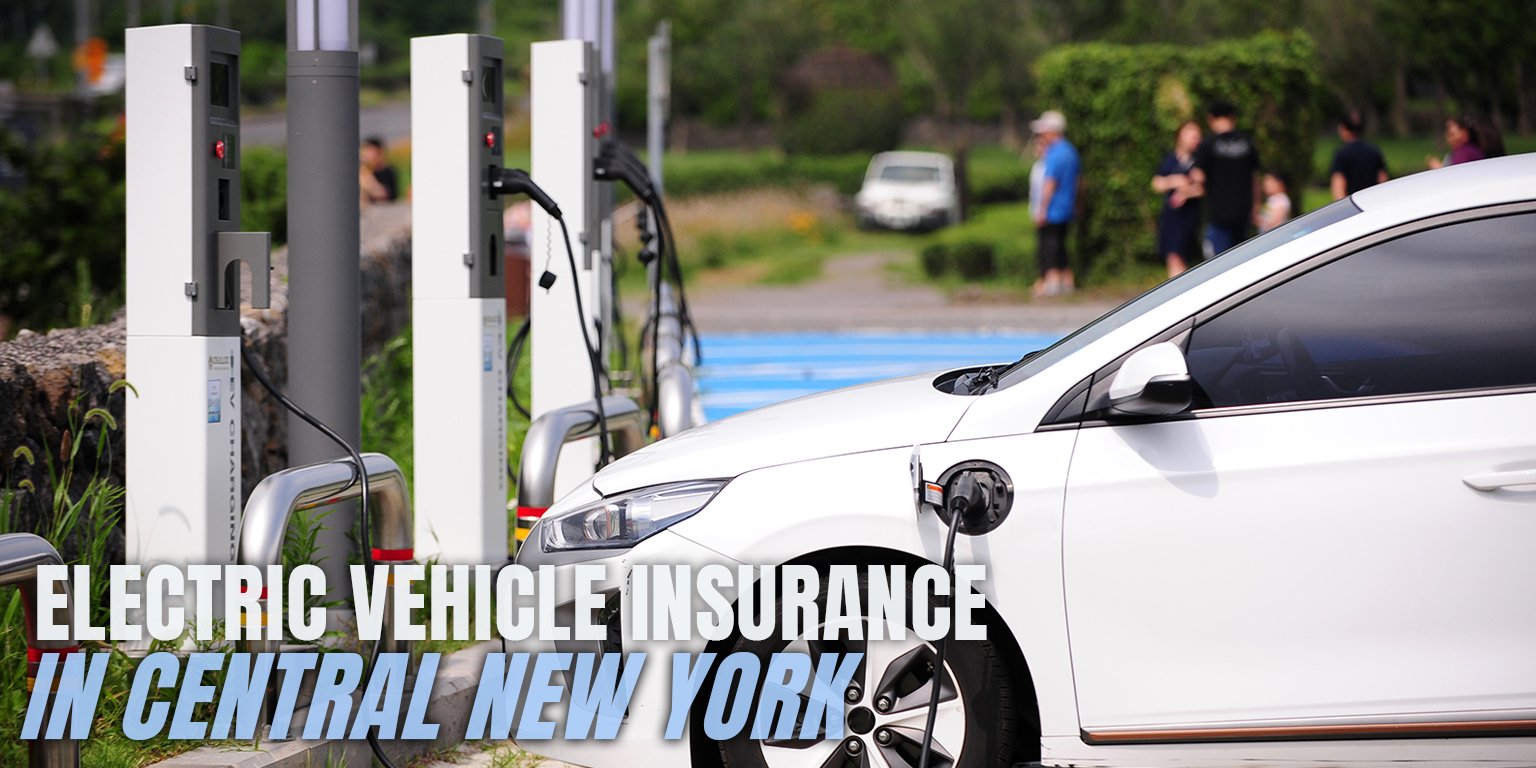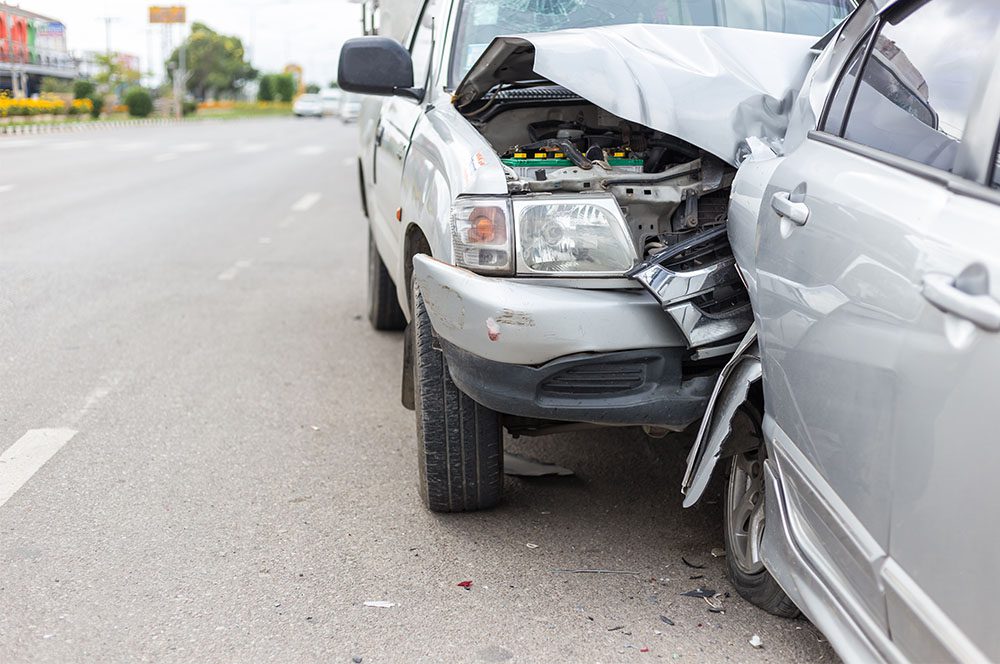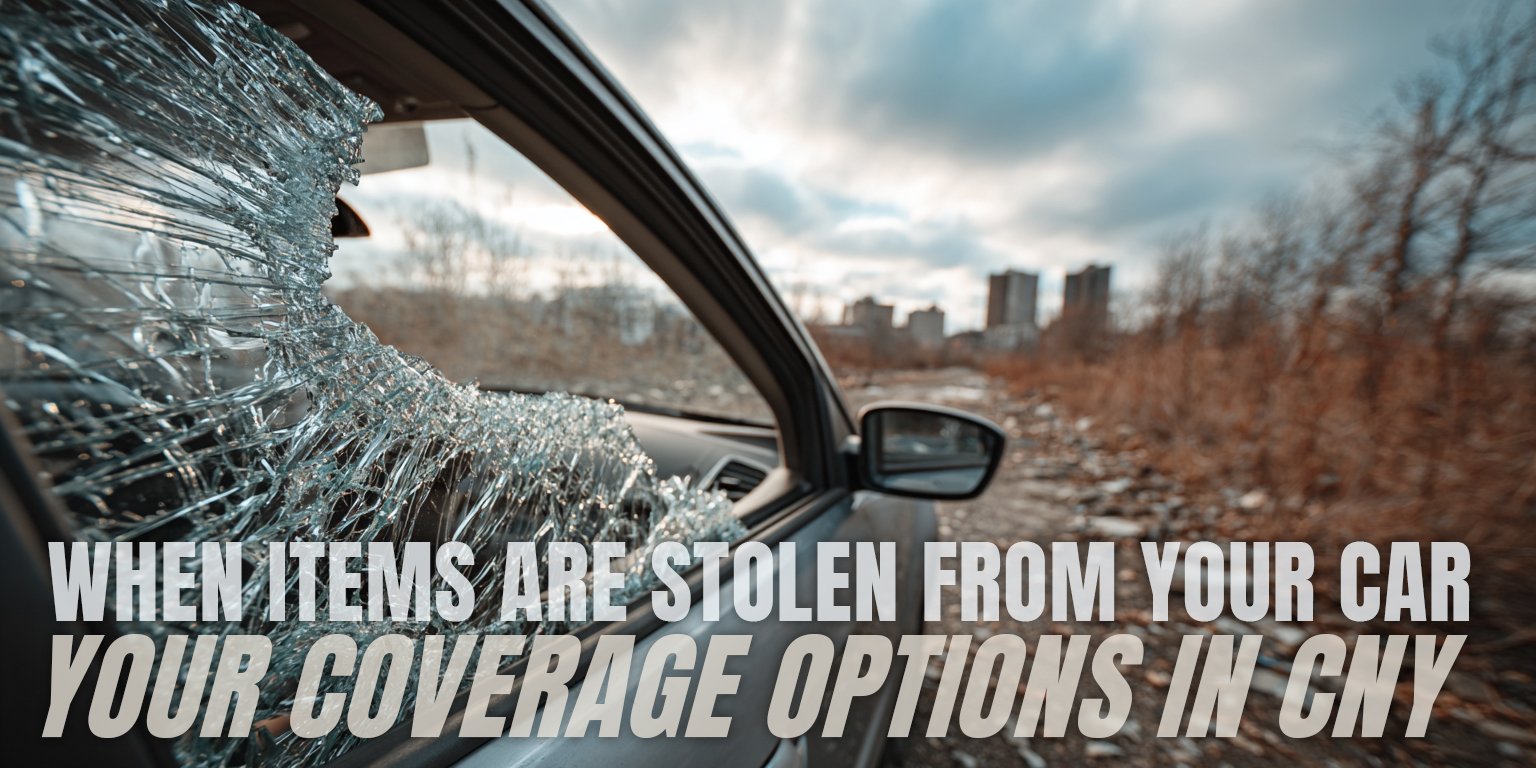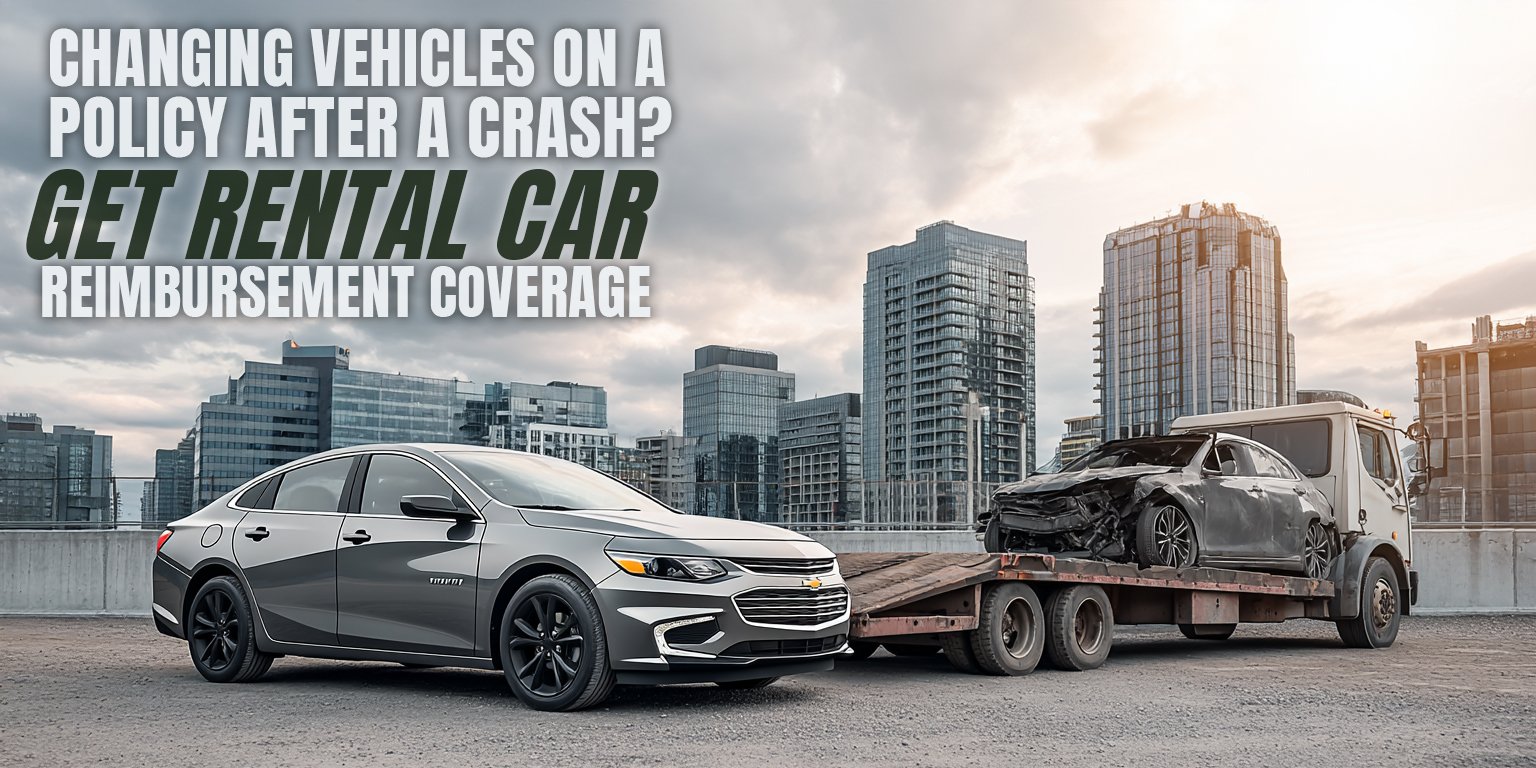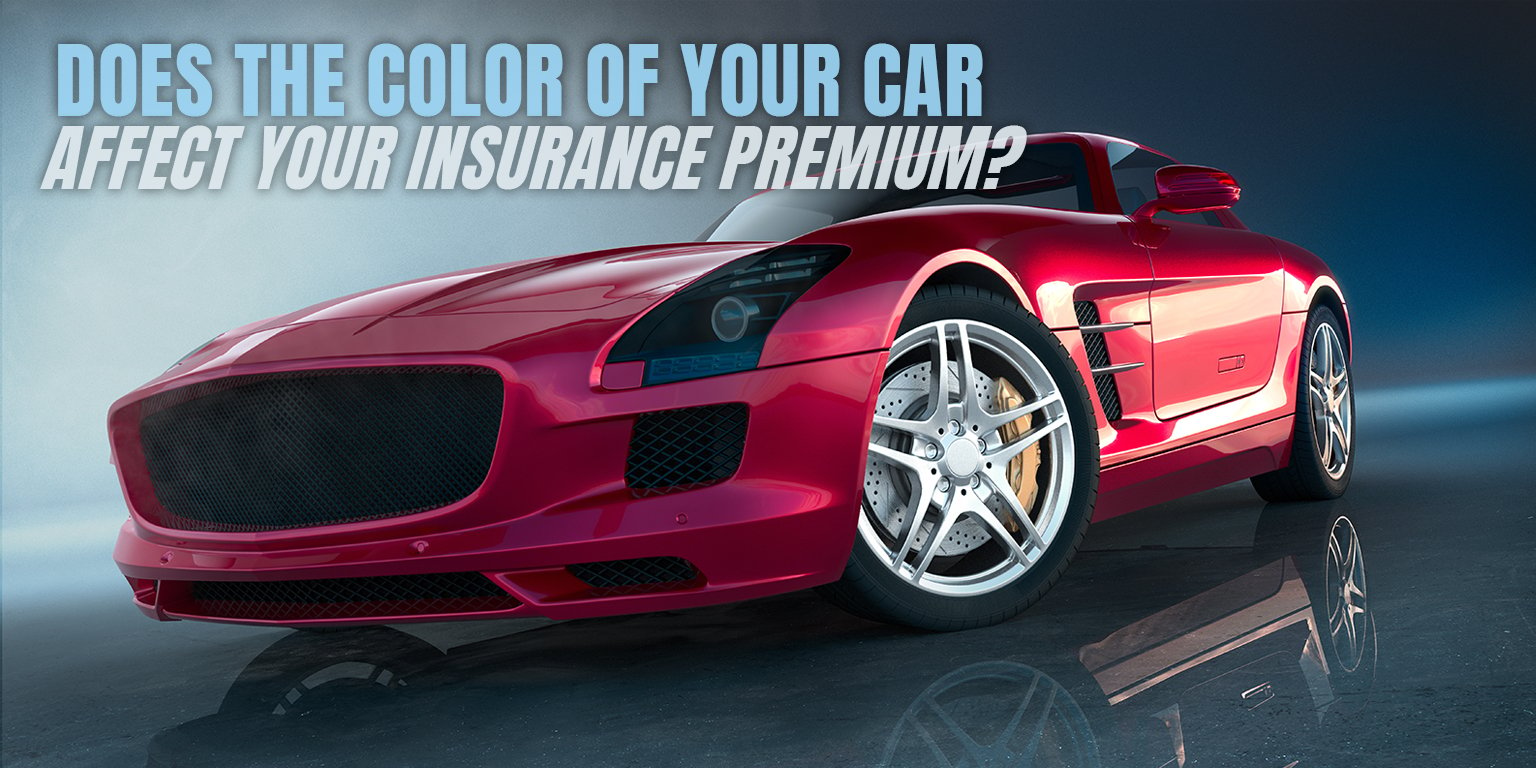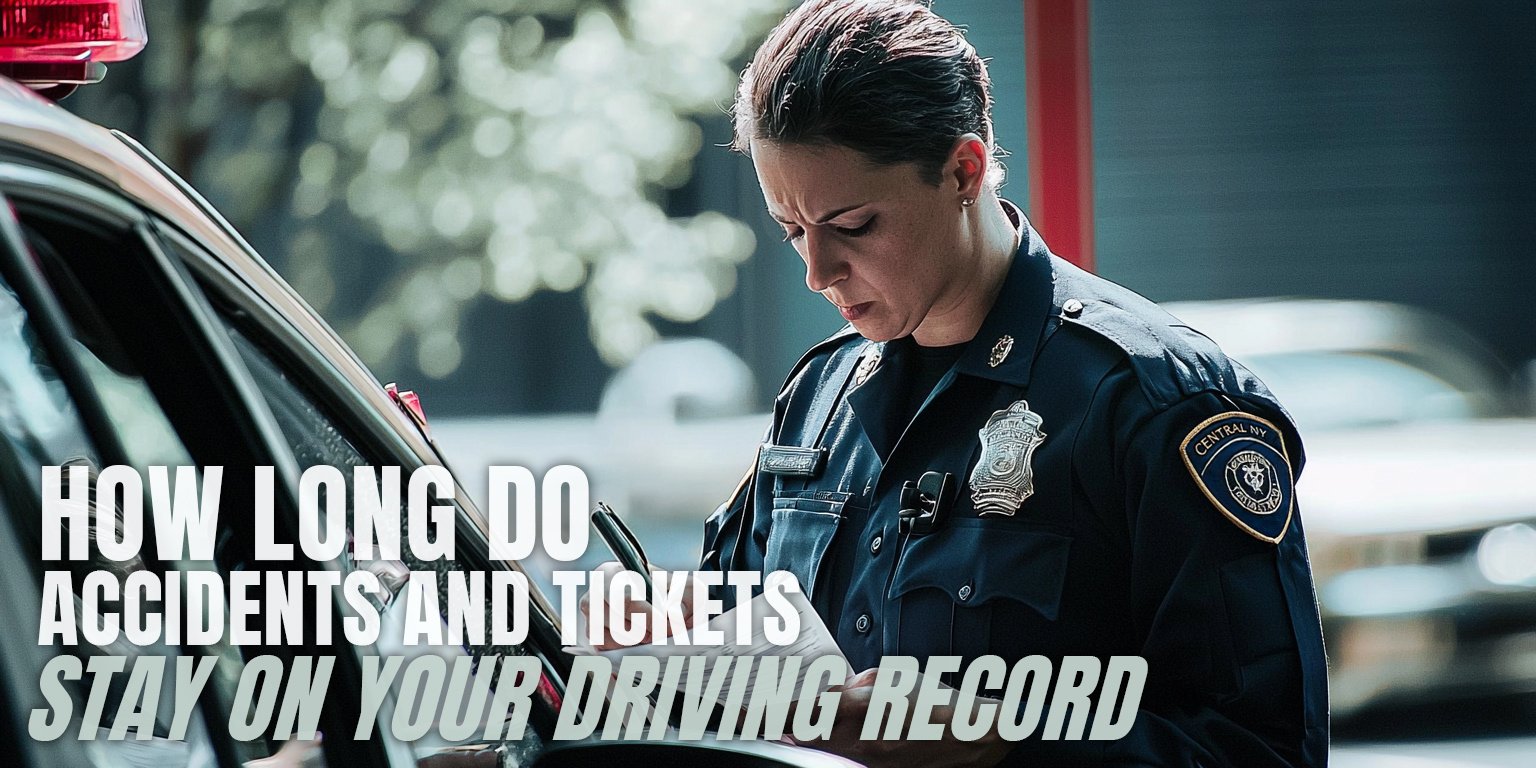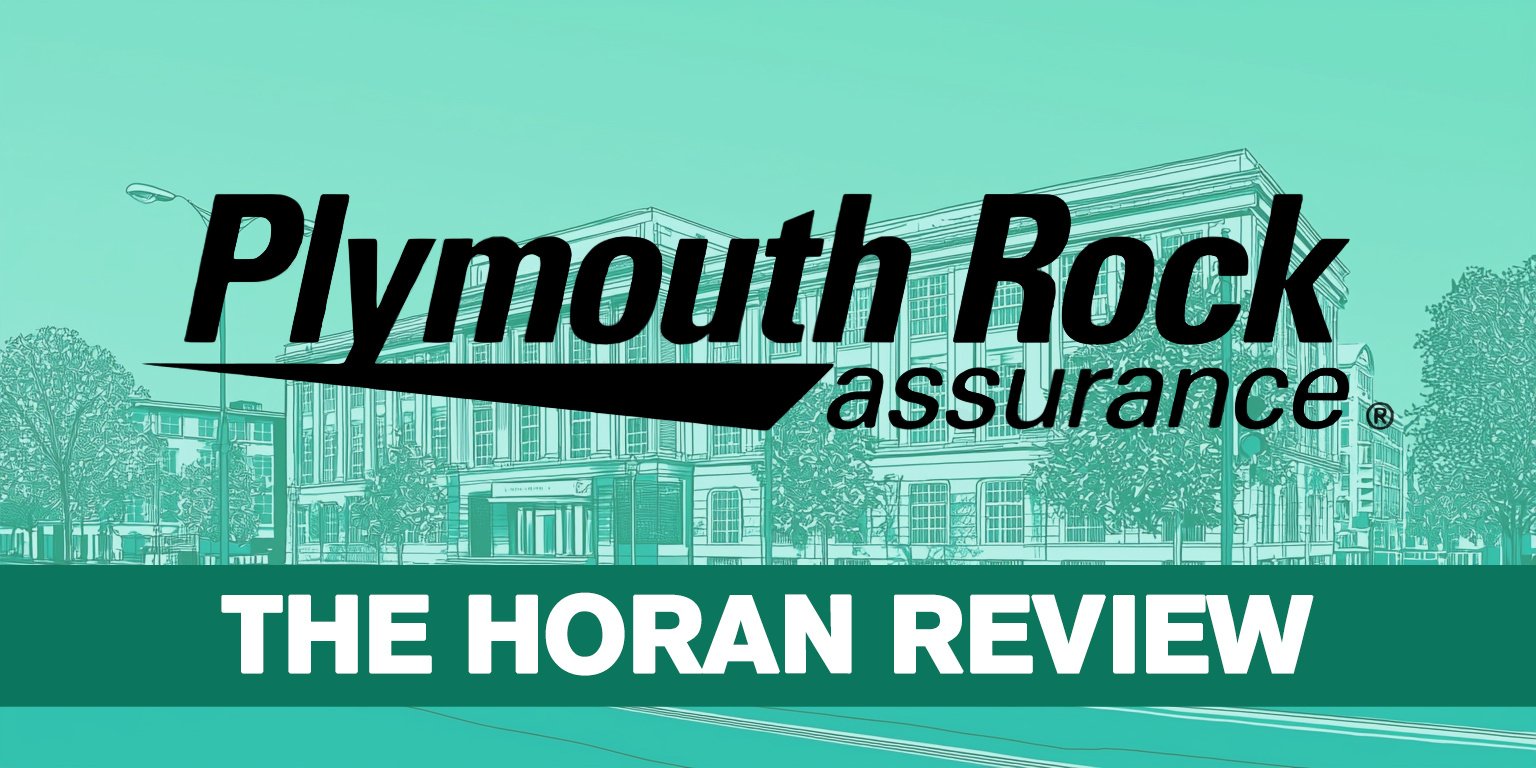Split-Limit Auto Insurance: Decoding Your Policy's Coverage Numbers
April 16th, 2025
3 min read
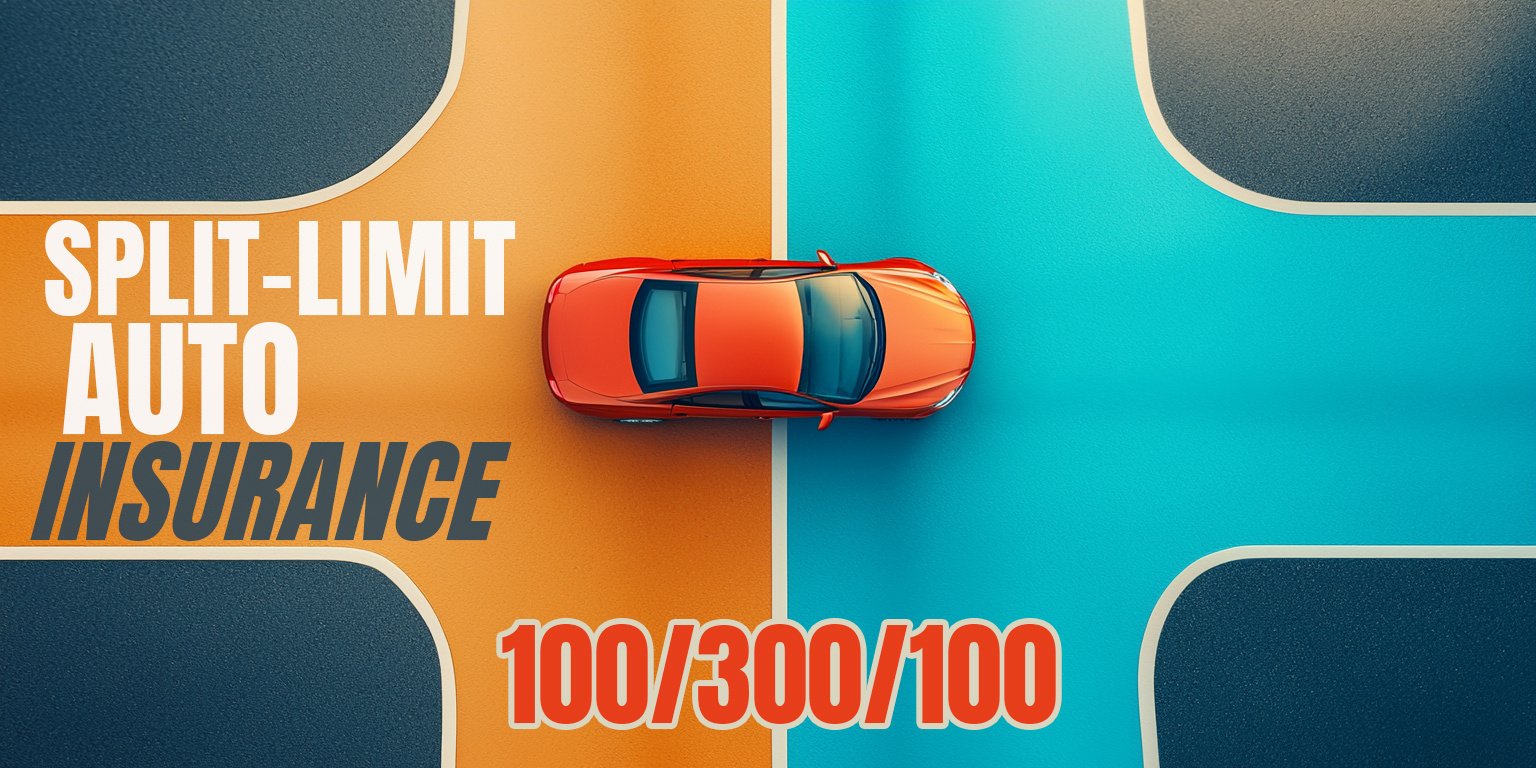
When you purchase auto insurance in Central New York, you'll encounter terms that might seem complex at first glance. Split-limit coverage stands out as one of these crucial yet often misunderstood concepts.
Many drivers sign insurance policies without fully grasping what these numbers on their declaration page actually mean—and that lack of understanding could impact your financial security after an accident.
At the Horan insurance agency, we offer information to Central New York drivers about auto insurance options. We work with multiple carriers and can share details about different policies in clear, straightforward terms.
In this article, we'll break down what split-limit coverage means, how it works in real-world situations, and why considering appropriate limits matters for your financial security.
What Those Three Numbers on Your Auto Policy Actually Mean
Have you ever noticed three numbers like 25/50/25 or 100/300/100 on your auto insurance declarations page? These numbers represent your policy's split-limit coverage—a fundamental component of your liability insurance.
Split-limit coverage divides your liability insurance into three separate categories:
- Bodily injury liability per person: The maximum amount your insurance will pay for injuries to any single person in an accident you cause
- Bodily injury liability per accident: The maximum total amount your insurance will pay for all injuries in an accident you cause
- Property damage liability per accident: The maximum amount your insurance will pay for damage to others' property in an accident you cause
For example, if your policy shows 25/50/25 limits, this means your insurance provides:
- $25,000 maximum coverage for injuries to any one person
- $50,000 maximum coverage for all injuries combined
- $25,000 maximum coverage for property damage
How Split-Limit Coverage Works in Real-World Accident Situations
Let's say you're driving in Syracuse during a winter storm and your vehicle slides through an intersection, causing a collision with another car. The other vehicle contains a driver and passenger who both sustain injuries. Their car, valued at $30,000, is severely damaged.
If you carry 25/50/25 limits:
- Each injured person could claim up to $25,000 for their pain and suffering expenses
- The combined medical claims cannot exceed $50,000 total
- Property damage claims cannot exceed $25,000
In this scenario, your policy would cover the $25,000 for each injured person (since each falls within the per-person limit and the combined amount fits within the per-accident limit). However, the $30,000 vehicle damage exceeds your $25,000 property damage limit—meaning you'd be personally responsible for the additional $5,000.
Why New York's Minimum Coverage Limits Might Not Provide Adequate Coverage
New York State requires drivers to carry minimum liability limits of 25/50/10. While this meets legal requirements, these minimums might not provide sufficient coverage in many accident scenarios.
Consider these facts:
- The average cost of a long-term injury often exceeds $25,000
- Modern vehicles frequently cost more than $10,000 to repair or replace
- Medical treatment costs continue to rise each year
If an accident results in serious injuries or involves a newer vehicle, minimum limits could leave you financially exposed. Many Central New York drivers don't realize they'll be personally responsible for damages that exceed their policy limits.
Considering Split-Limits That Match Your Financial Situation
When selecting split-limit coverage, consider these factors:
- Your personal assets and what you could potentially lose in a lawsuit
- The typical value of vehicles on Central New York roads
- Healthcare costs for potential injuries
- The premium difference between minimum and higher coverage limits
Some financial professionals suggest considering split-limits that correspond to your financial situation. For many drivers in Central New York communities, limits of 100/300/100 or higher may provide additional coverage with a modest premium increase.
The Difference Between Split-Limit and Combined Single-Limit Coverage
Some insurance policies offer combined single-limit (CSL) coverage instead of split-limits. With CSL, you have one overall limit that can be applied to either bodily injury or property damage claims in any combination.
For example, a $300,000 CSL policy provides more flexibility than a 100/300/100 split-limit policy in certain scenarios. If property damage claims are high but injury claims are low, the CSL allows more funds to flow toward property damage (or vice versa).
However, CSL policies typically come with higher premiums due to this increased flexibility. For many Central New York drivers, a split-limit policy may provide coverage at a more affordable price.
Take the Next Step with Your Auto Coverage Options
Understanding your split-limit coverage helps you make better decisions about your auto insurance. Rather than simply accepting minimum requirements or arbitrary limits, you can assess your personal risk factors and financial situation.
The Horan insurance agency provides information to Central New York drivers about various coverage levels. We can discuss coverage options from different carriers and explain how different split-limit configurations might address your requirements.
Click the Get a Quote button below to learn more about split-limit coverage options. Our team of licensed agents can share information about available options and discuss coverages that address your requirements.
Daniel is an accomplished content creator. He has been working in publishing for almost two decades. Horan Companies hired Daniel as its content manager in November 2022. The agency entrusted its messaging to him. Since then, Daniel has written insurance articles, service pages, PDF guides, and more. All in an effort to educate CNY readers. He's helping them understand the world of insurance so they can make informed decisions.
Topics:










